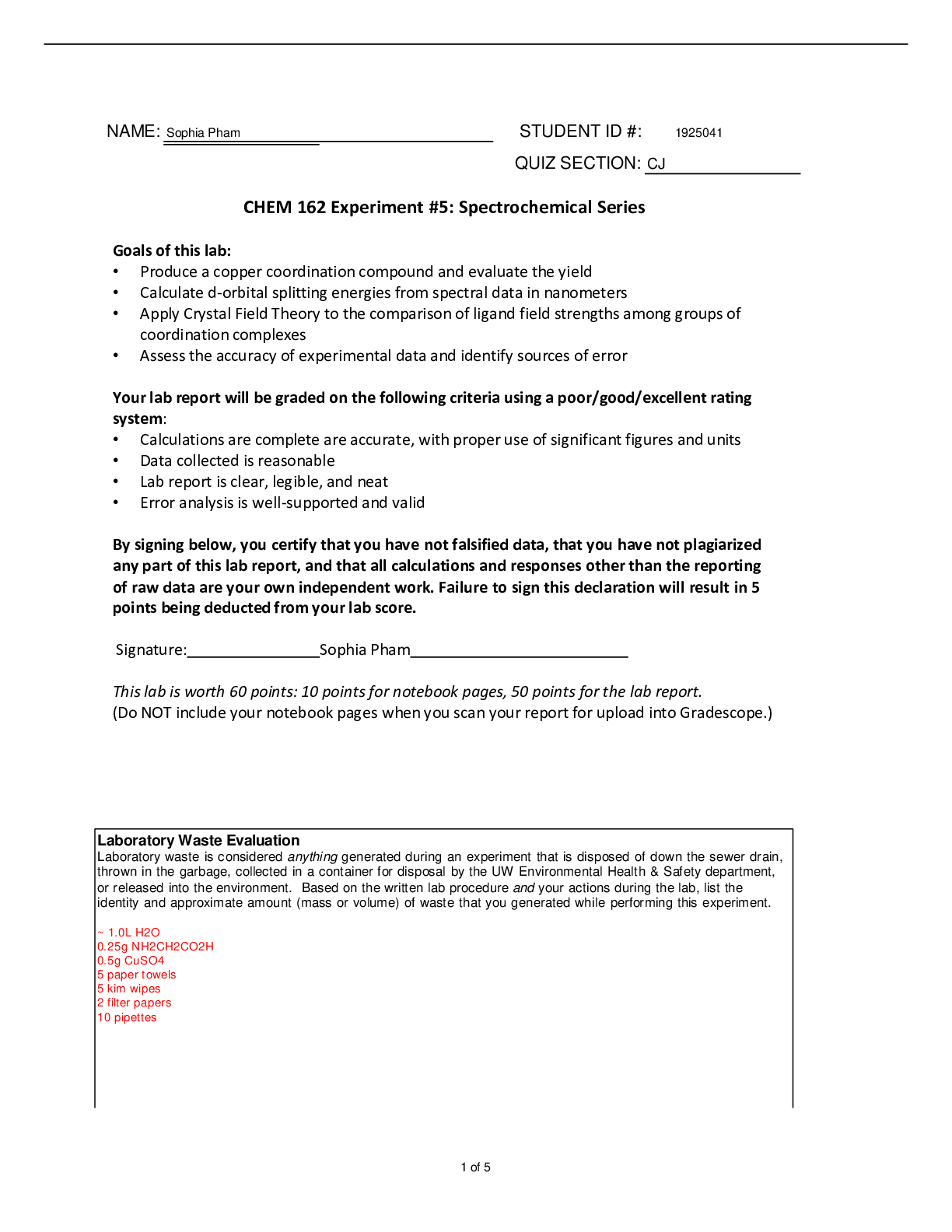Biology > Lab Report > BIO 197 Copy_of_M5_L1_Gizmo_Lab_Building_DNA_-_HONORS – University of Nevada | BIO197 Copy_of_M5_L (All)
BIO 197 Copy_of_M5_L1_Gizmo_Lab_Building_DNA_-_HONORS – University of Nevada | BIO197 Copy_of_M5_L1_Gizmo_Lab_Building_DNA_-_HONORS – 2020
Document Content and Description Below
BIO 197 Copy_of_M5_L1_Gizmo_Lab_Building_DNA_-_HONORS – University of Nevada Name: Thao Ho Date: 6/29 Prior Knowledge Questions (Do these BEFORE using the Gizmo.) DNA is an incredible molecul ... e that forms the basis of life on Earth. DNA molecules contain instructions for building every living organism on Earth, from the tiniest bacterium to a massive blue whale. DNA also has the ability to replicate, or make copies of itself. This allows living things to grow and reproduce. Look at the DNA molecule shown at right. What does it look like? To me the DNA looks like a coiled ladder. The sides of the ladder cross and continue so it isn’t straight. Based on this picture, how do you think a DNA molecule makes a copy of itself? (Hint: Look at the bottom two “rungs” of the ladder.) I think the dna copies itself by making opposite components that can fit perfectly with the original components. Gizmo Warm-up The Building DNA Gizmo™ allows you to construct a DNA molecule and go through the process of DNA replication. Examine the components that make up a DNA molecule. What are the two DNA components shown in the Gizmo? The two components are nucleotides and phosphates. A nucleoside has two parts: a pentagonal sugar (deoxyribose) and a nitrogenous base (in color). When a nucleoside is joined to a phosphate, it is called a nucleotide. How many different nitrogenous bases do you see? 4 Note: The names of these nitrogenous bases are adenine (red), cytosine (yellow), guanine (blue), and thymine (green). - - - - - - - - - - - - - - - - - - - - - - What do you notice about the two molecules? They are the same combinations from the beginning. Take a picture: Click the camera to take a snapshot of the DNA molecules. Paste the image into the space to the right How do these molecules compare to the original? The first one is uncomplete while the second one is what the uncomplete molecule was before the split. Think and discuss: Why is DNA replication such an important process? It is important to be able to reproduce new cells as it helps regenerate the body and has many benefits that organisms need to grow. Extend your thinking: Sometimes errors called mutations occur during DNA replication. What are some of the possible consequences of mutations? Mutations can cause physical or mental defects that make it more difficult for the organism to thrive. [Show More]
Last updated: 3 years ago
Preview 1 out of 8 pages

Buy this document to get the full access instantly
Instant Download Access after purchase
Buy NowInstant download
We Accept:

Reviews( 0 )
$11.50
Can't find what you want? Try our AI powered Search
Document information
Connected school, study & course
About the document
Uploaded On
Jan 23, 2021
Number of pages
8
Written in
All
Additional information
This document has been written for:
Uploaded
Jan 23, 2021
Downloads
0
Views
107


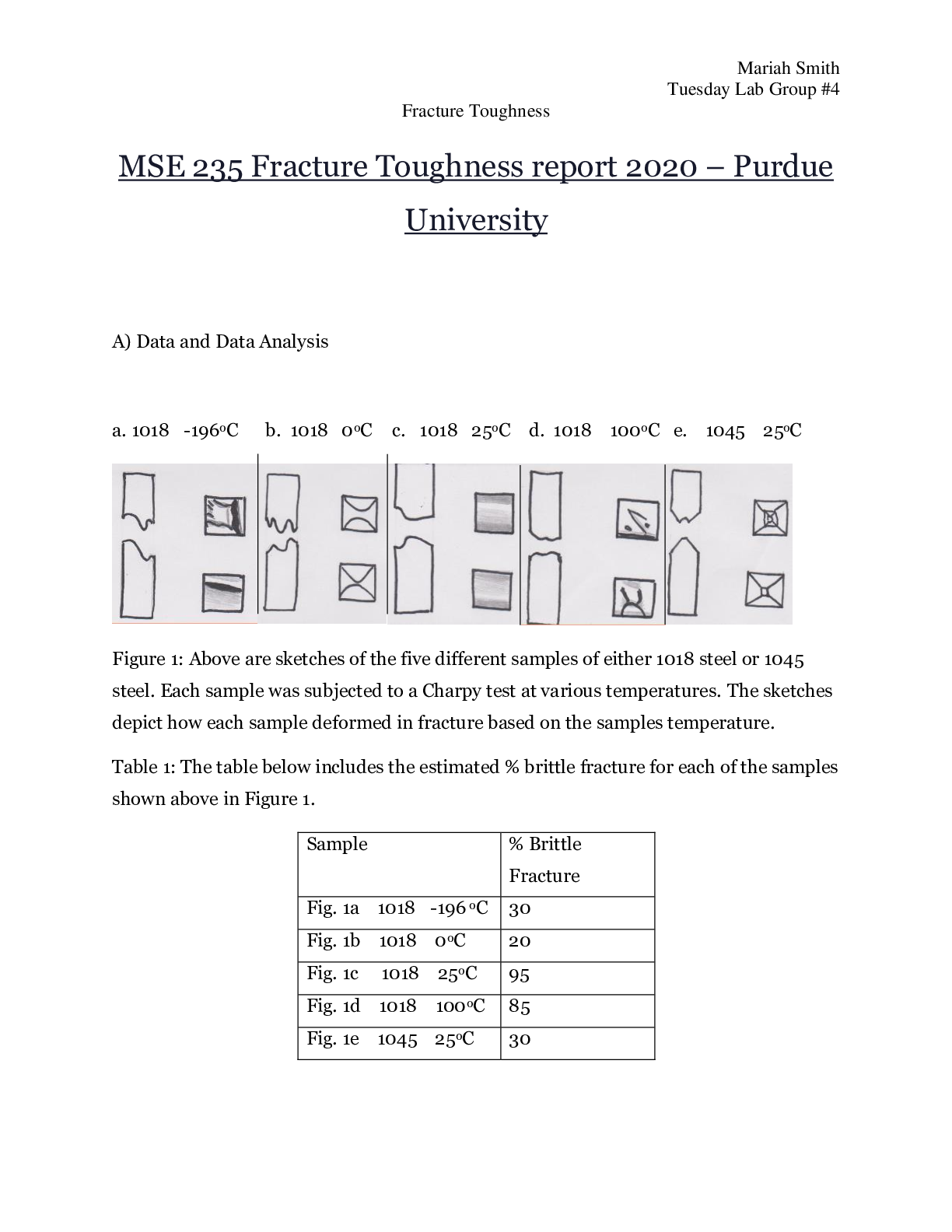
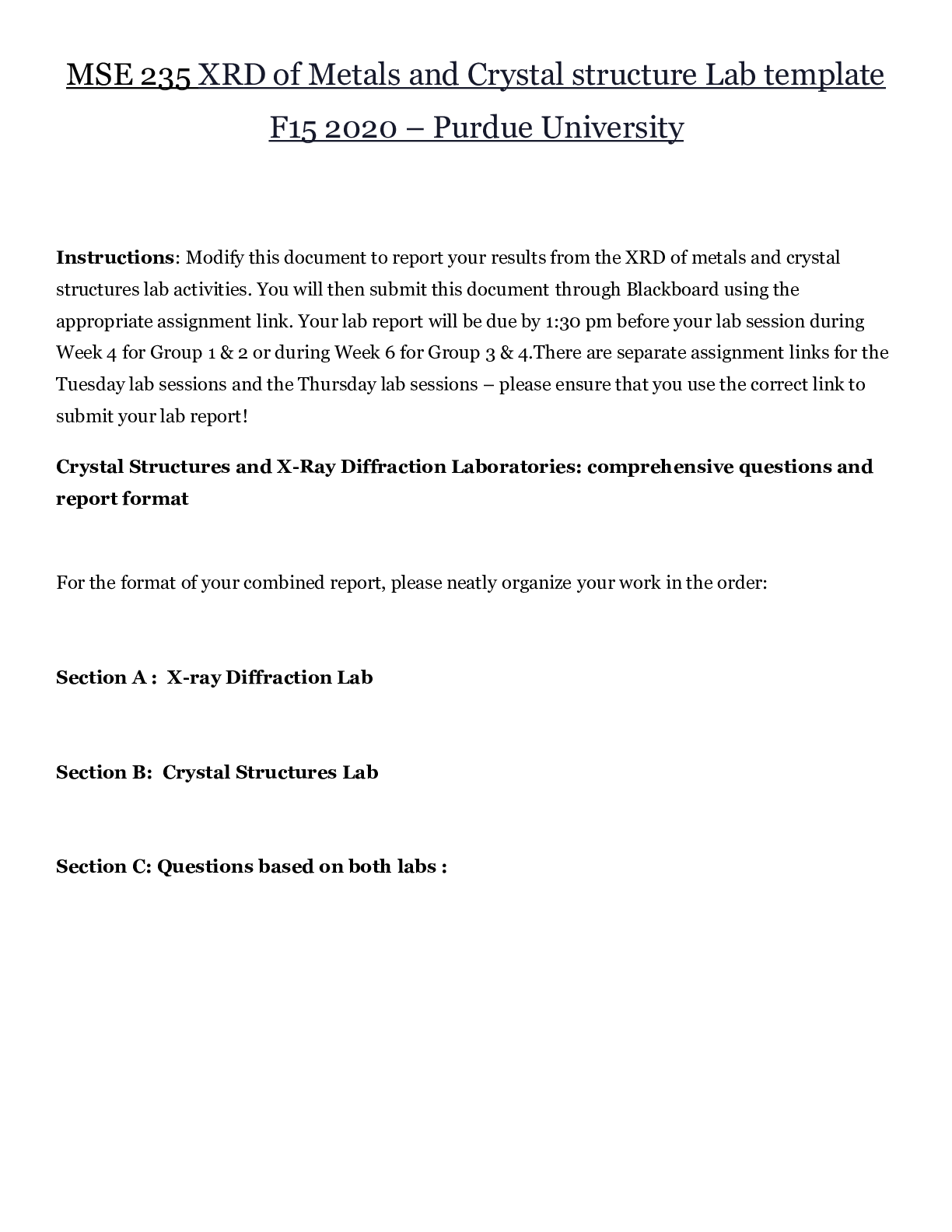
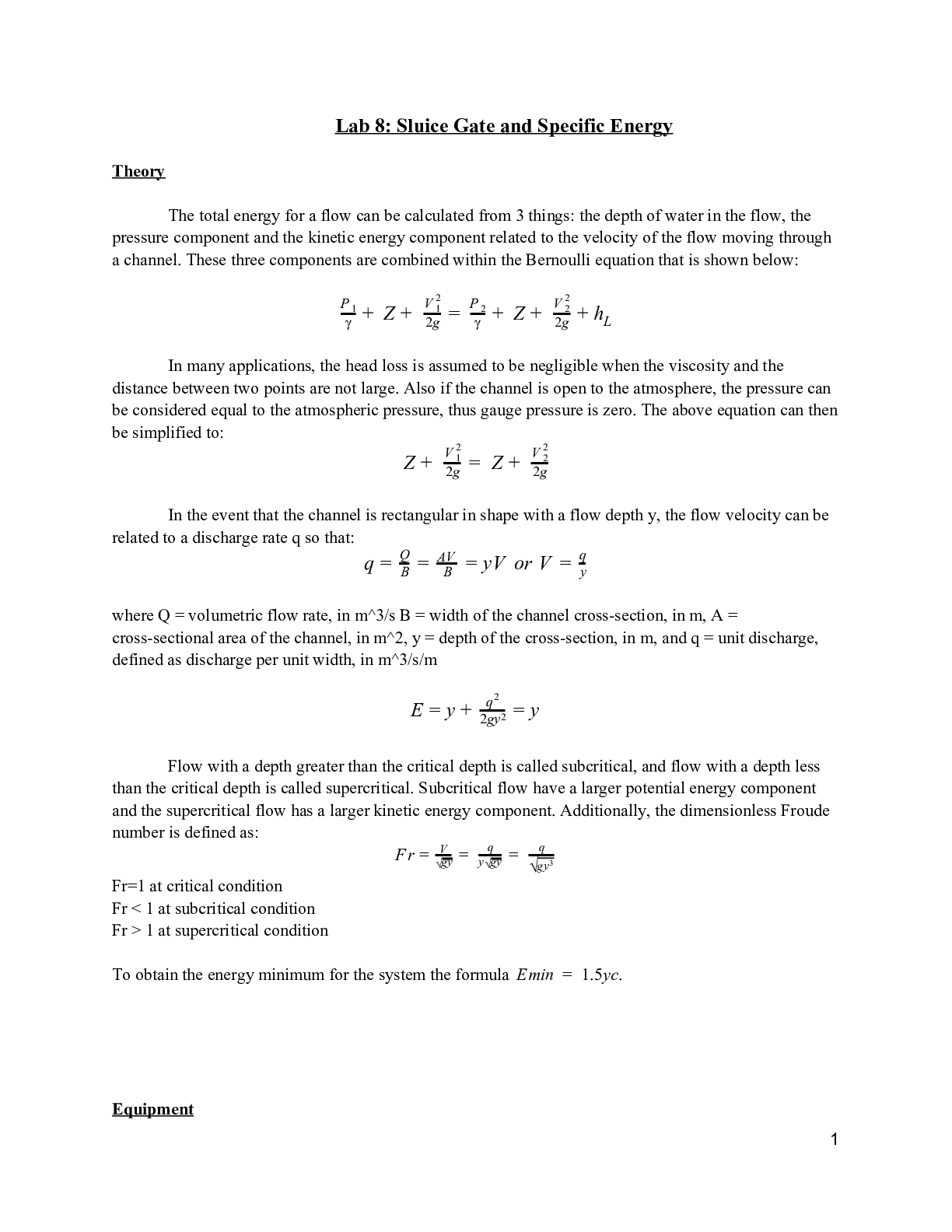
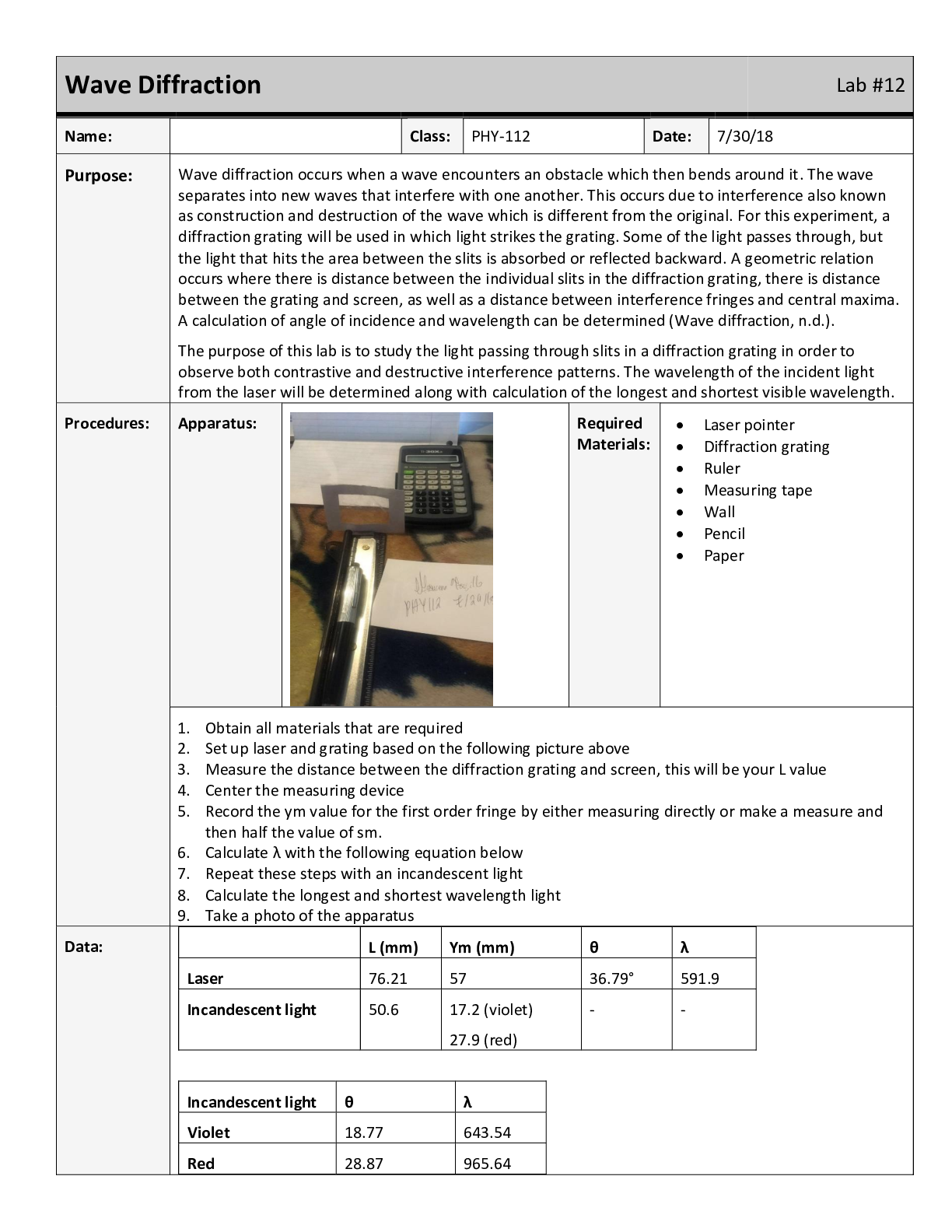

.png)

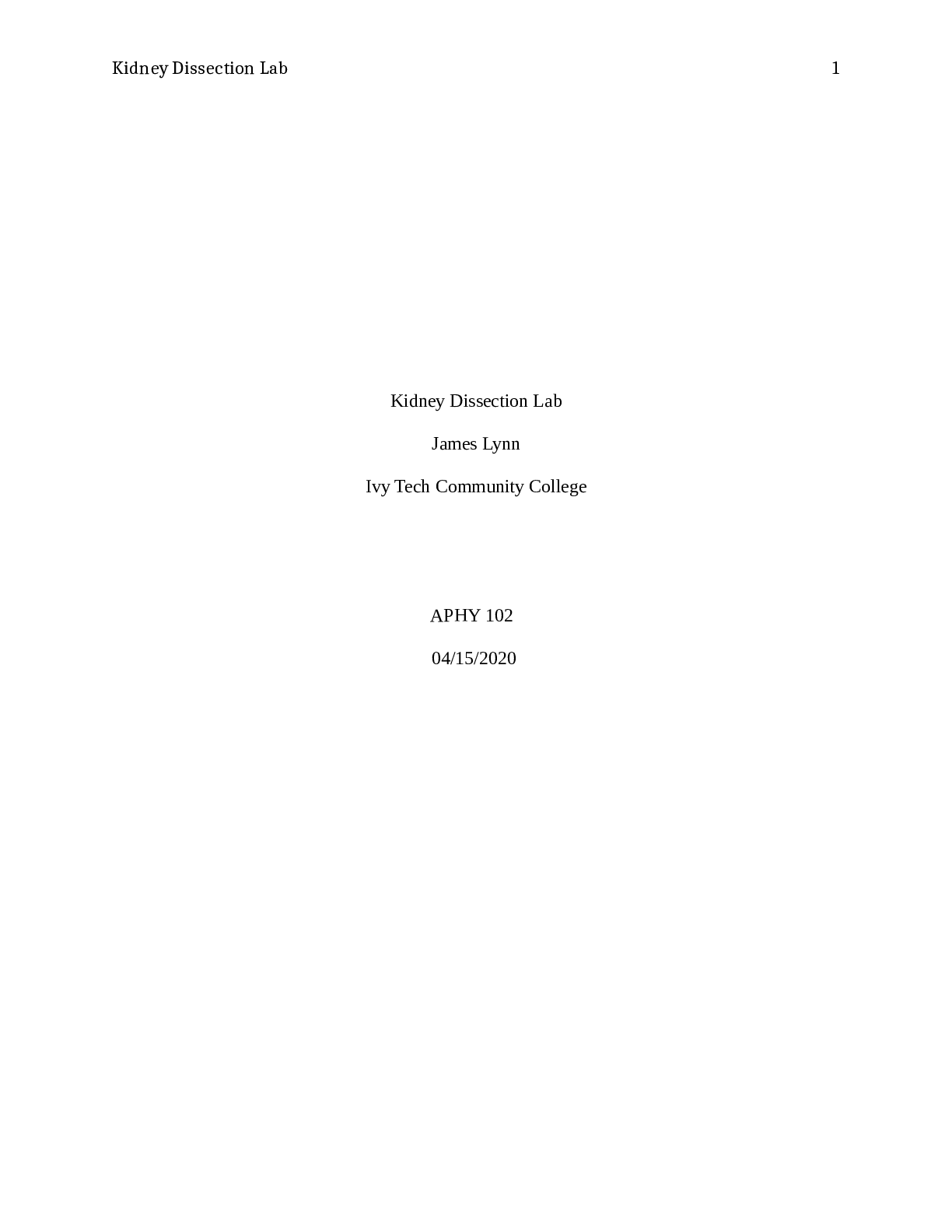



.png)

